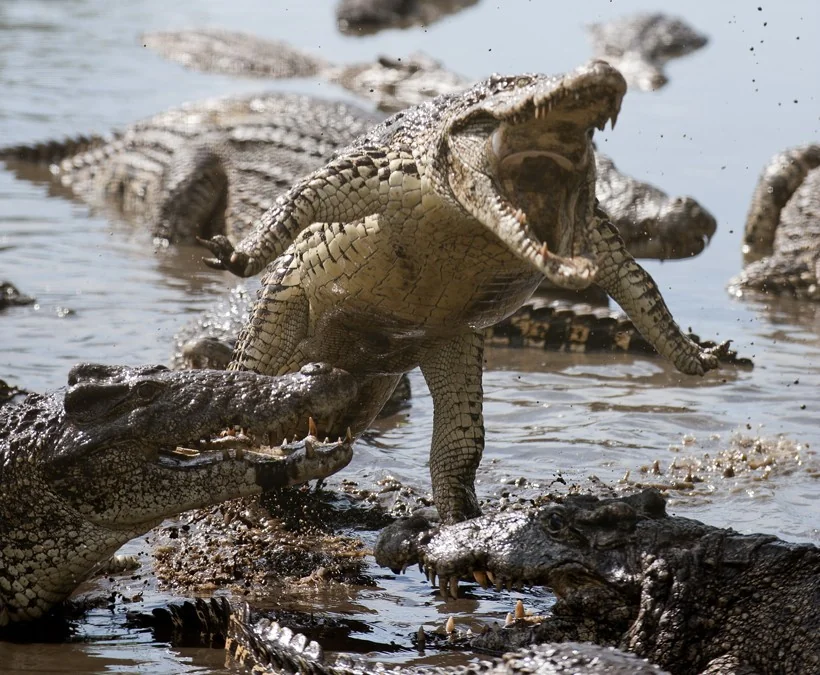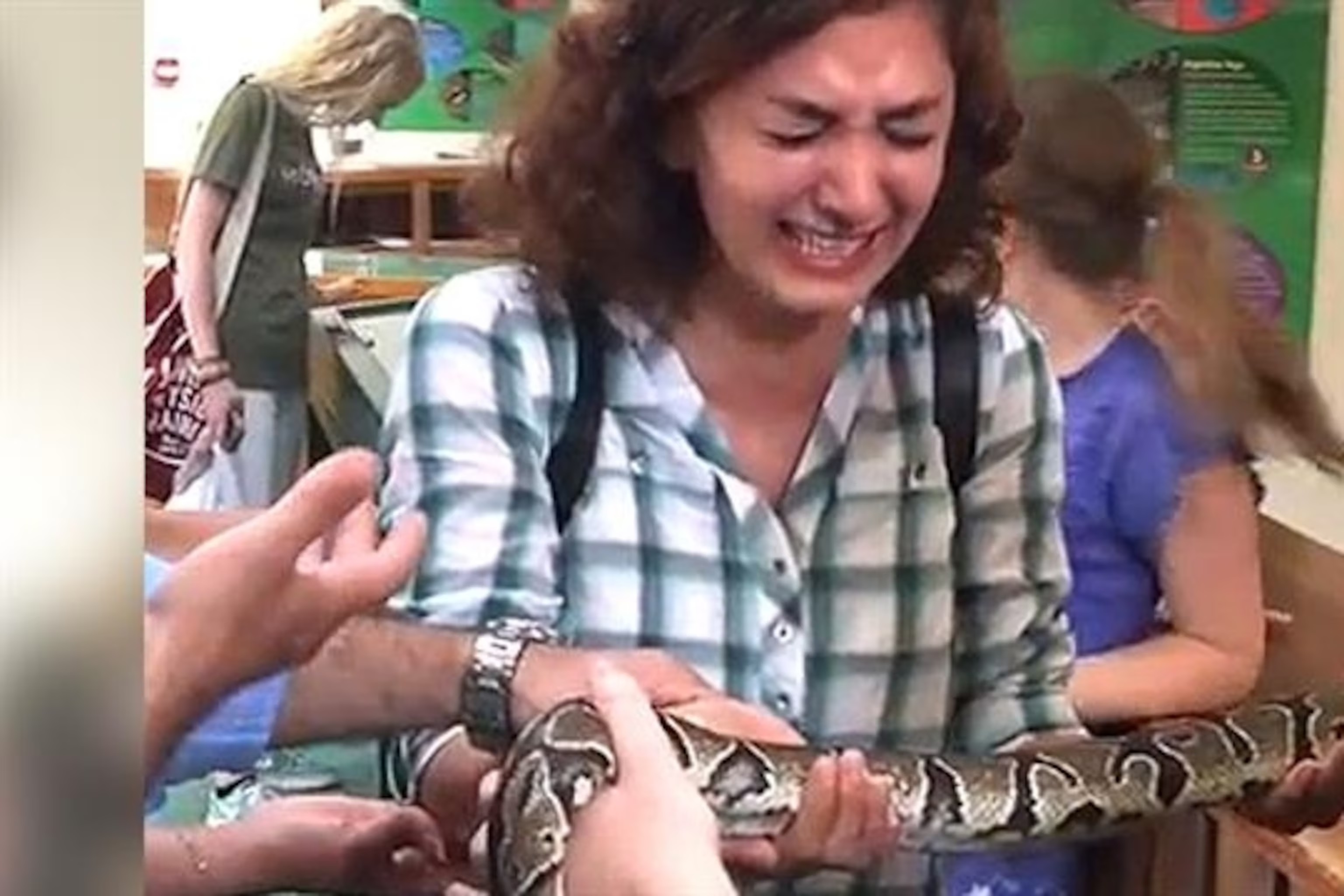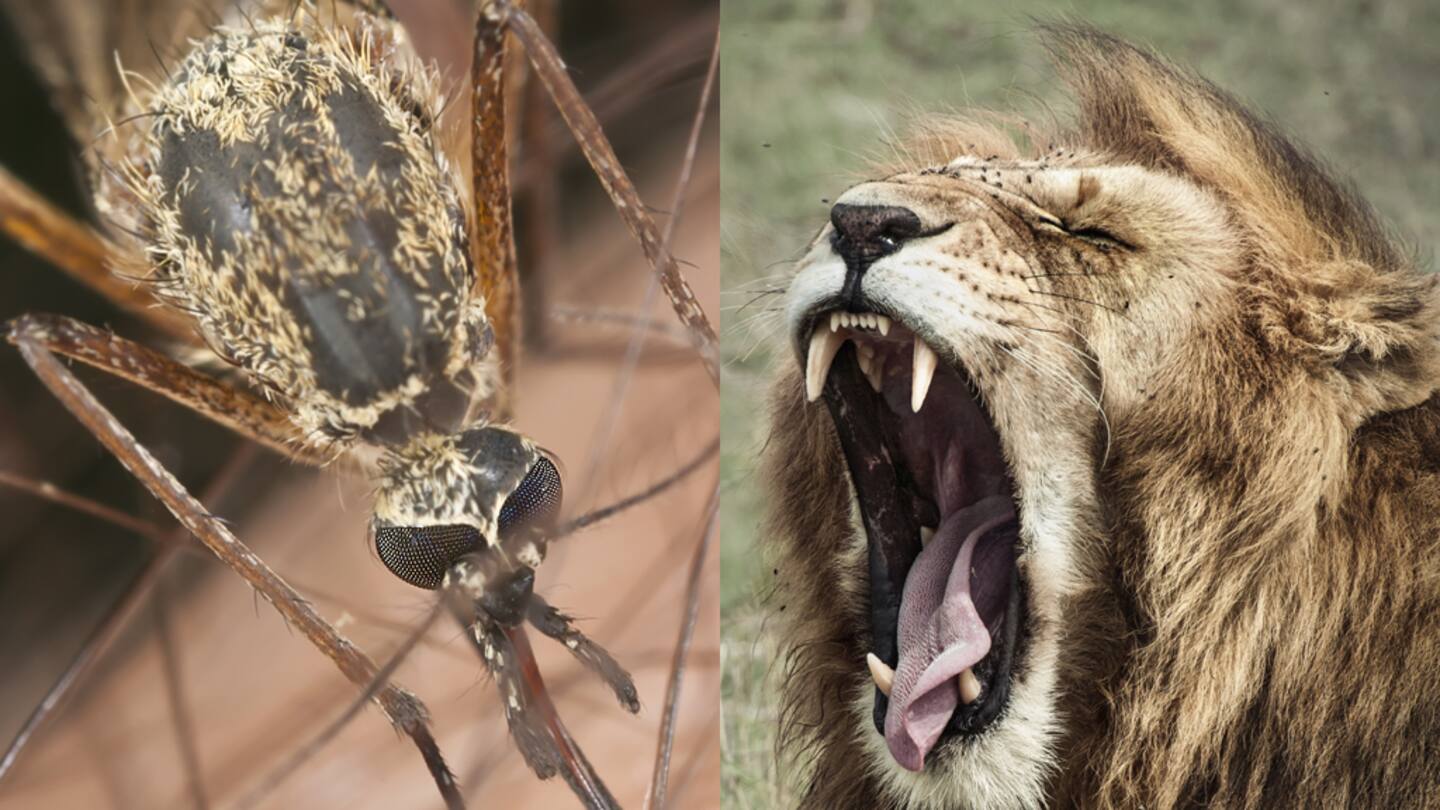Unraveling the Mystery: Why Do Snakes and Spiders Send Shivers Down Our Spines?
Picture this animal phobias: You’re walking through a dense forest, the sunlight filtering through the canopy above, when suddenly, you spot a snake slithering across your path or a spider weaving its intricate web. In that moment, why does your heart race, and your instincts scream danger?
Contrary to what you might assume, it’s not just because snakes and spiders are inherently more lethal than other predators like lions or crocodiles. Sure, they can be venomous, but most of them are harmless to humans. So why do these seemingly innocuous creatures trigger such primal fear?

It all boils down to our ancient survival instincts (animal phobias), deeply ingrained in what scientists call our “reptilian brain.” This part of our brain doesn’t engage in rational thought; it reacts instinctively to potential threats. When we encounter a snake or spider, our brain lights up with alarm signals, interpreting them as potential dangers. After all, for our ancestors, a venomous bite could mean life or death.
But there’s more to it than just survival instincts. It’s the “ick factor” too. Let’s face it; snakes and spiders aren’t exactly cuddly creatures. Their sleek bodies and multiple legs trigger an innate aversion in many of us. It’s as if our brains are hardwired to find them repulsive, even though, logically, we know most of them pose little to no harm.
And yet, despite our fears, most of us are more likely to encounter a spider in our basement or a snake in our garden than a lion or crocodile in the wild. That’s because these creatures are ubiquitous, especially in certain environments. In a way, our fear is proportional to the likelihood of encountering them.

But what about those who live in regions teeming with lions and crocodiles? For them, the fear hierarchy might be different. After all, when danger lurks in your backyard, it’s hard not to be wary. It’s a reminder that fears are shaped by our reality and environment, evolving to keep us safe in the face of potential threats.
However, it’s essential to recognize that not everyone shares the same fears (animal phobias). Just as there are people terrified of spiders and snakes, there are those who shrug them off without a second thought. Personal experiences, upbringing, and environmental factors all play a role in shaping our fears.
For instance, someone living in a frigid climate might scoff at the idea of being afraid of snakes or spiders, knowing that such creatures are scarce in their environment. Their fear might be reserved for more tangible dangers like frostbite or avalanches.

In the end, fear is a natural response designed to protect us from harm. Whether it’s a spider lurking in the corner or a lion prowling in the savanna, our instincts kick in, urging us to tread carefully. So the next time you jump at the sight of a harmless garden snake, remember, it’s just your brain doing its job.
Do you have any unusual animal phobias? Share your experiences in the comments below!
Originally posted on May 15, 2024 @ 12:01 am






















